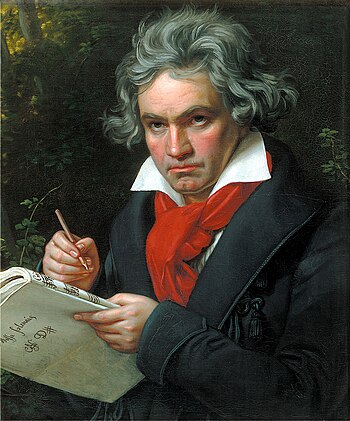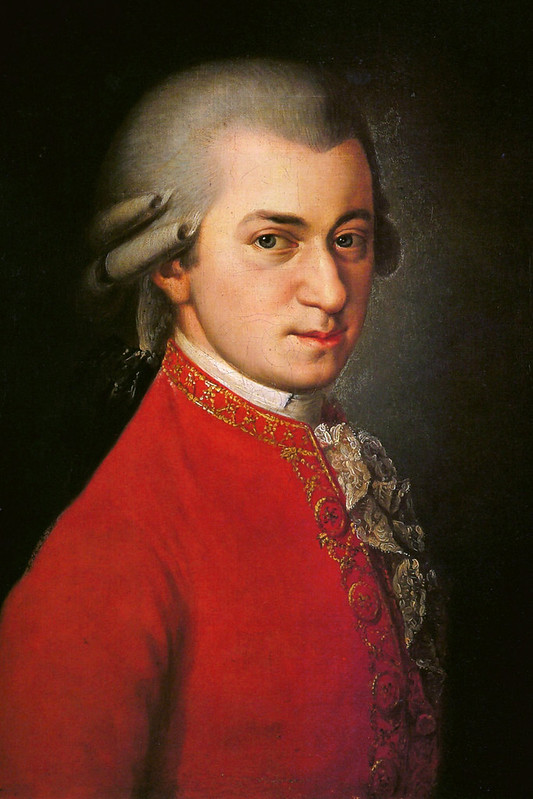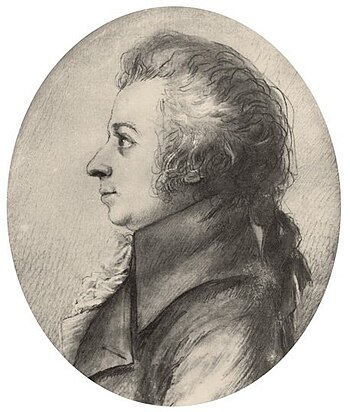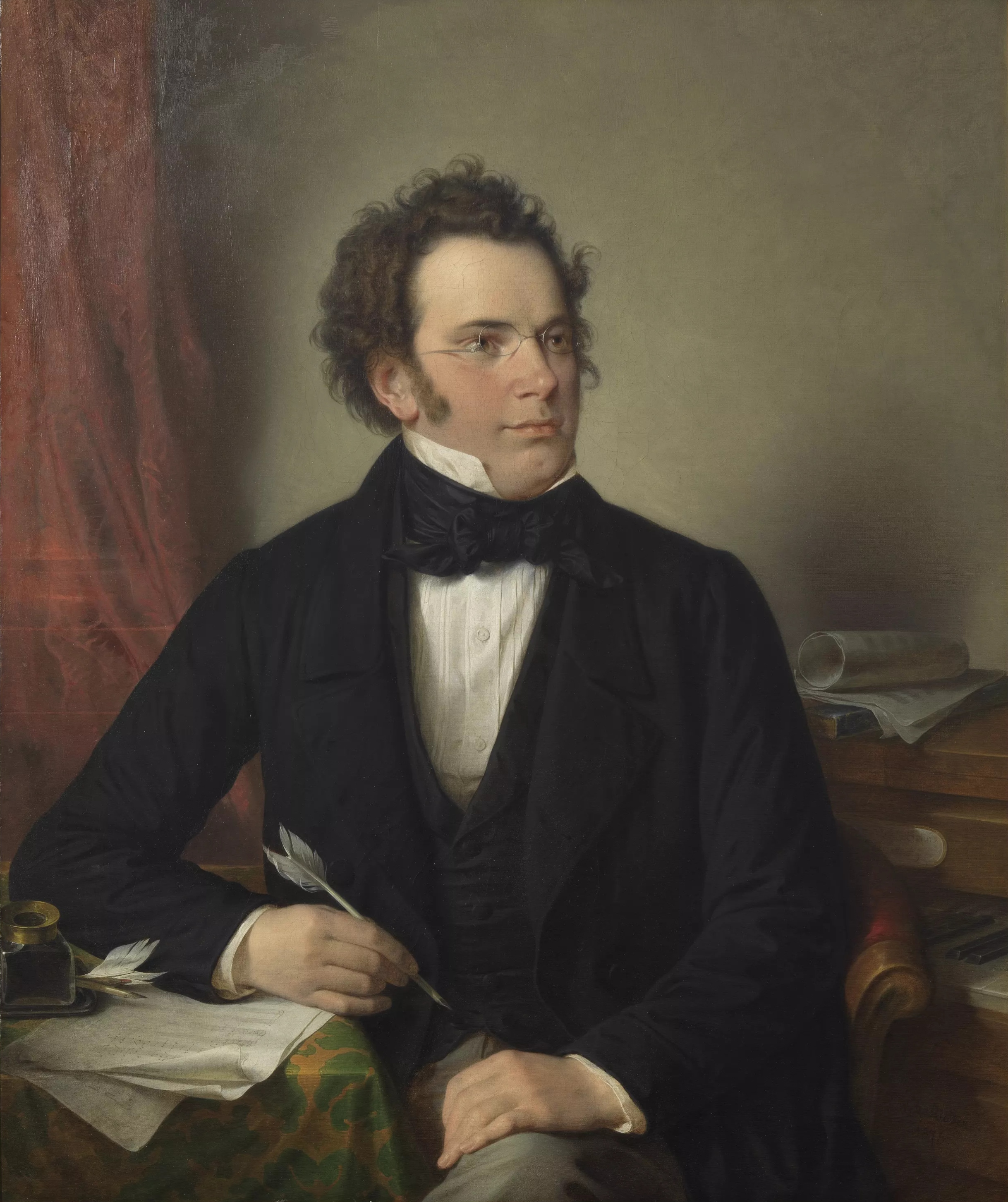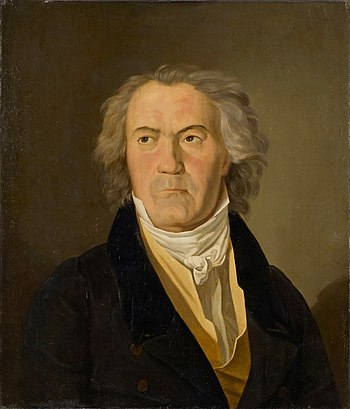 |
| "George Gershwin 1937" by Carl Van Vechten Licensed under Public Domain via Wikimedia Commons |
Born Jacob Gershovitz in 1898 to Russian Jewish immigrant parents, the boy who later became George Gershwin was no Mozart-like child prodigy. He was inspired to begin music lessons after attending the violin recital of a young friend of his – at the ripe old age of 10.
So much for the idea that you can’t amount to much, musically, unless you start piano before your feet can reach the pedals.
George’s parents had bought a piano for his older brother Ira, and at his request, allowed the younger boy to begin lessons. Five years later, George Gershwin was ready to quit school and begin playing piano professionally.
Command performances for the royalty of Europe? Um, no. Again, in contrast to Mozart, Gershwin began his professional career as a lowly “song plugger” – a pianist hired by a music company to demonstrate the latest songs available on sheet music. In this way, perhaps, he developed an ear for popular music that would serve him well later.
In 1916, when he was just 17 years old, Gershwin published his first song for the princely fee of $5. Also in 1916, Gershwin began work for the Aeolian Company and Standard Music Rolls in New York City, making recordings, arranging, and composing under his own and assumed names.
By 1920, Gershwin had begun to see commercial success for his compositions. In 1924, he collaborated with older brother Ira on a musical called Lady Be Good, the first of many productive collaborations between the two brothers. George handled the musical composition, while Ira wrote the dialogue and lyrics (the “book”).
Also in 1924, George Gershwin wrote what is perhaps his most famous major piano work, the Rhapsody in Blue. It is an American composition: A 15-minute concerto for piano and full orchestra – containing clear elements of jazz, popular, and folk music are woven into the very fabric of the piece. Gershwin himself thought of it as “a kaleidoscope of America.”
Gershwin wrote this amazing piece in only 5 weeks, and only reluctantly at that. His friend, bandleader Paul Whiteman, had requested a concerto-like jazz piano piece for a concert he wanted to put on called An Experiment in Modern Music. The concert was held on February 12, 1924.
Initially, Gershwin refused, thinking that he couldn’t produce such a major work in the short amount of time allotted. But after seeing a report in the newspaper that quoted Whiteman as saying, “George Gershwin is at work on a jazz concerto,” he felt he had to deliver. And deliver he did.
1924 was a busy year for young George. This was also the year in which he traveled to Paris, seeking to study under master composers of the day. Maurice Ravel, an admirer, famously refused to take him on as a student, fearing it would ruin the jazz influence that made Gershwin so unique. While in Paris, Gershwin wrote another piece that has proved enduringly popular, the symphonic work An American In Paris.
In 1935, Gershwin produced his most ambitious work, which he called a “folk opera,” Porgy and Bess. This was based on the novel Porgy, by DuBose Heyward. Heyward, with his wife, had previously adapted the novel to play form and collaborated with Ira Gershwin to adapt the play to the operatic form.
In 1937, Gershwin, then only 38 years old, began to experience blinding headaches. Later in the year, he was diagnosed as having brain cancer, although the diagnosis of the exact kind of cancer since been questioned. Following surgery for his tumor, George Gershwin died on July 11, 1937.
Here Gershwin finally comes to resemble Mozart. Not a child prodigy, not a performer for royalty. Yet still a prolific composer of wildly popular music — and Gershwin, like Mozart, died too young.
This article is written by Yoke Wong - Article Directory: Article Dashboard


